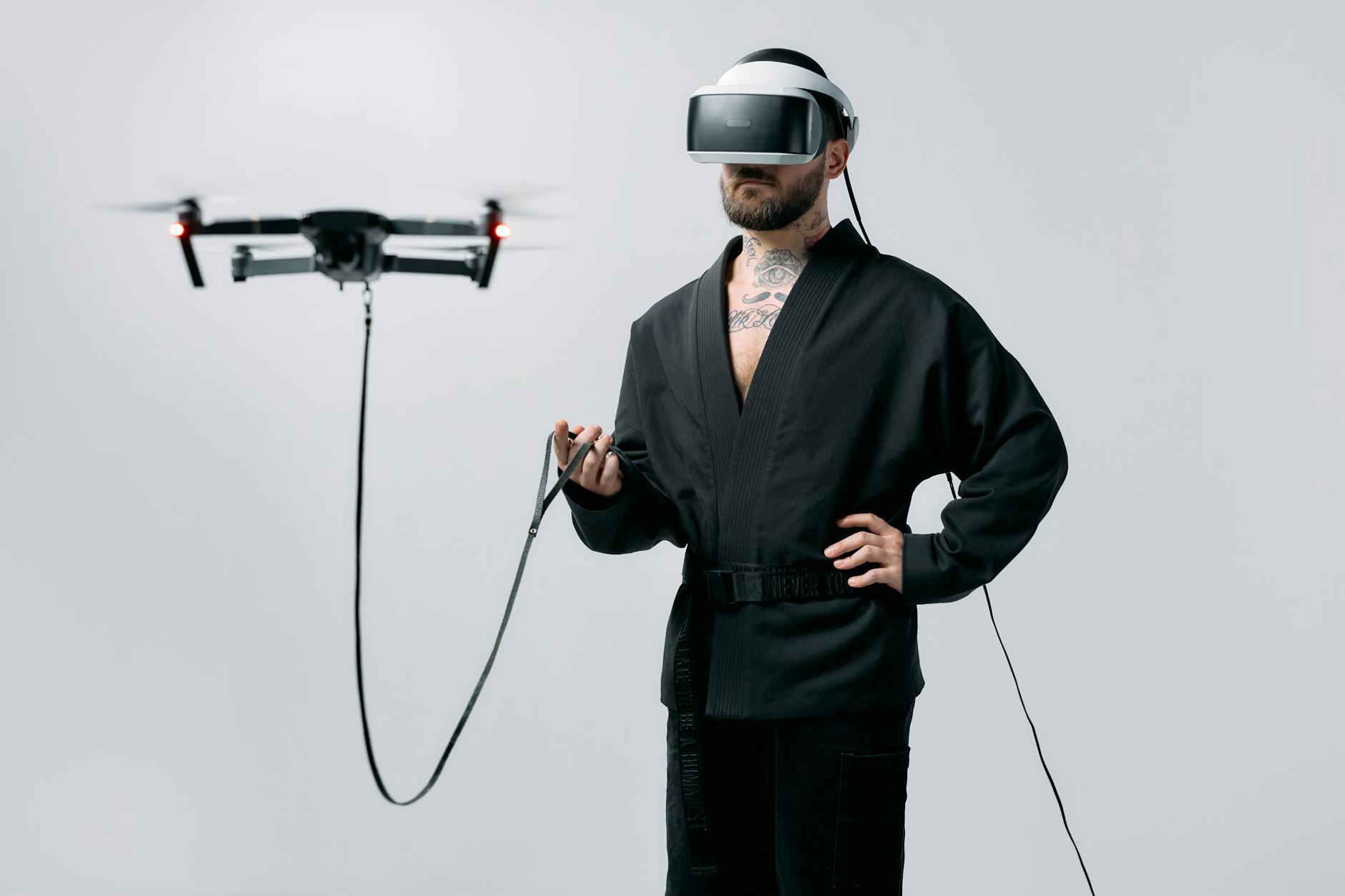China’s military prowess has undergone a dramatic transformation, with a pivot towards AI-driven technologies reshaping the landscape of modern warfare. The official narrative highlights China’s significant investments in defense, with a focus on integrating AI into military operations for enhanced efficiency and strategic advantage. Reports of one million kamikaze drones in production and the unveiling of the Fangwang-1 integrated combat system underscore China’s commitment to “intelligentized warfare,” where AI systems play a central role in planning, executing, and adapting to missions with minimal human intervention.

However, beneath the surface of China’s military AI development lies a web of interconnected advancements that paint a concerning picture of autonomous warfare capabilities. From the deployment of Autonomous Underwater Vehicles for deep-sea reconnaissance to the utilization of legged robots for urban combat readiness, China’s arsenal is rapidly evolving towards autonomous operations. The development of sophisticated AI-powered drones like the Caihong 4 and Wing Loong 2, along with unmanned combat ground vehicles and reconnaissance robots, demonstrates a strategic shift towards AI-driven military dominance.
China’s deployment of low-cost, AI-powered micro drones for reconnaissance and attack missions represents a significant leap forward in unmanned combat technology. These drones, equipped with AI-powered targeting capabilities and the ability to carry grenades, showcase China’s advancements towards autonomous operations in modern warfare. The PLA’s focus on AI integration for electronic warfare systems, autonomous vehicles, predictive maintenance, and logistics underscores a comprehensive strategy to harness AI for military supremacy.
The implications of China’s rapid advancements in AI-driven military technology are profound, signaling a shift towards autonomous warfare capabilities that could redefine the nature of conflict in the 21st century. The integration of AI into military operations not only enhances China’s strategic capabilities but also raises concerns about the ethical implications of autonomous weapons systems. As China continues to invest heavily in AI-powered military technologies, the global landscape of warfare is poised to undergo a paradigm shift towards autonomous, AI-driven conflict.
The intent behind China’s relentless pursuit of AI-driven military dominance is clear: to establish itself as a global leader in modern warfare and secure strategic advantages in an increasingly complex geopolitical landscape. By leveraging AI technologies for autonomous operations, China aims to enhance its military capabilities, project power beyond its borders, and assert its influence on the world stage. The means, from the development of advanced AI-powered drones to the integration of AI into various military systems, highlight a coordinated effort to revolutionize the future of warfare.
As we stand at the crossroads of a new era defined by AI-driven military technologies, the trajectory of China’s advancements raises critical questions about the future of conflict, security, and global stability. The rapid evolution of autonomous warfare capabilities poses unprecedented challenges and risks, demanding a reevaluation of international norms, regulations, and ethical standards in the face of emerging technologies. The stakes are high, and the decisions we make today will shape the course of history in a world where AI reigns supreme in the theater of war.

